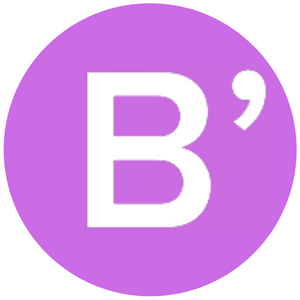I think it’s sad in this day and age that so many people rely on them. You line up a row of people and many will automatically begin making judgments: That Asian kid? Bet he’s really smart. That athlete? Bet he’s dumb as a brick. Oh, and I bet that blonde, pretty girl is a total airhead and/or really easy.
Let’s add in a few more:
A woman with a short haircut and a flannel, maybe a bunch of tattoos.
A boy with his ears pierced, wearing fashionable clothing, who speaks and acts femininely.
Here we’ve got your “stereotypical” lesbian and gay. And why not, right? Lesbians! All right! They like to work on trucks and don’t wear makeup and enjoy being “one of the guys.” Gay guys! All right! They dress ~fabulously~, make a lot of money, and can spot a fashion faux pas from a mile away.
Stereotypes can be cruel. But even if they aren’t (see: the ‘smart Asian’) doesn’t mean they aren’t harmful.
So how do you avoid the clichés if you want to write an LGBT character?
When someone said to George R. R. Martin: “I noticed that you write women really well and really different. Where does that come from?”, George replied: “You know, I’ve always considered women to be people.”
Let’s replace women with “gays/lesbians/transgendered” and…there you have it.
They are people, plain and simple. They have the same concerns, worries, interests, hopes, dreams that heterosexual people have. True, there might be added stresses and facets to who they are—transgendered people especially (are they transitioning? Do they want to? Etc.)—and whether or not you’re writing an ‘issue book’ that revolves heavily around their sexuality affects whether these are issues you address or not.
If I had to give some tips to portraying these details without resorting to stereotypes, it would be to talk to people who are a part of the LGBT community. Ask about their experiences if they’re willing to share. Difficulties they’ve encountered, how their families have accepted (or haven’t accepted) them, and what challenges they’ve faced.
But do everyone a favor…and avoid the stereotypes.
Thank you, Kelley, for such an awesome post! Be sure to check out her website.








0 comments:
Post a Comment